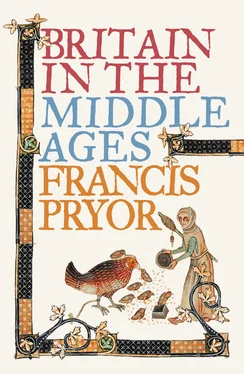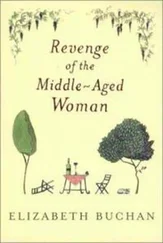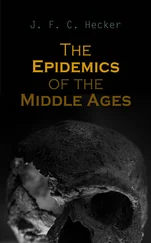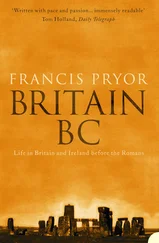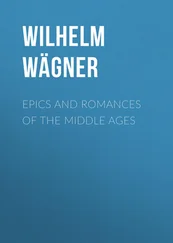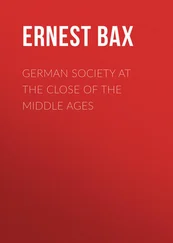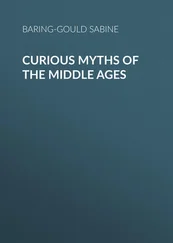This more than tenfold increase in excavation has brought with it a huge number of finds. There are millions and millions of them. Museum stores have ceased to cope, and many contractors are leasing warehouses, or simply dump what they cannot store after a few years. As someone who occasionally looks at prehistoric flint and pottery produced from commercial projects, I always find it much harder to persuade a contractor to take the finds back when I’ve done with them than I do to get them delivered in the first place.
A modern excavation, if it’s properly undertaken, will produce a representative sample of the range of pottery types, for example, that were being used on the site. So a small Anglo-Saxon farm would produce a relatively restricted range of kitchen and household wares, whereas finds from a major trading site would also include household vessels, plus finer table wares and a few exotic traded items. Assuming that the pottery found on the site does indeed represent what was being used in the past, the range and origin of the finds will tell us much about the status, tastes and preferences of the people who lived there. Although at first glance one might suppose that pottery can tell us less about life in the past than coins, which usually have known mints, dates and values, the statistical analysis of pottery (which computers now allow us routinely to perform) is having a huge effect on our understanding of the Middle Saxon period. We will see shortly that this was the first time since the Roman period that pottery began to be produced and distributed on an industrial scale. Richard Hodges considers this period to have been the first industrial revolution.
The huge increase in commercial archaeology has brought with it problems. New data is being produced daily, *but nobody is in a position to grapple with what it all means. As a result it simply remains dead data, and never makes that all-important step to become something of interest, which one might label ‘information’. A digest of the raw data is included in reports that archaeological contractors produce for their clients and which are housed in the various Sites and Monuments Records (SMRs) of the counties and self-governing cities of Britain. These client-reports form what is known in archaeology as the ‘grey literature’. Unlike ‘proper’ reports, submitted to established journals or monograph series, they are not peer-reviewed, and sometimes – I put it as mildly as I can – they are not very good. The good ones, usually of large-scale projects, can be excellent, but even the worst sometimes contain the basic information that someone who understands what he or she is doing can subsequently extract.
The basic information contained in the ‘grey literature’ reports is extracted to the records in the SMR, which today is computerised and linked to a map-based Geographical Information System, or GIS. Again I apologise for the sleep-inducing acronyms, but I shall use them all together just once: the combination of new data from PPG-16 projects, combined with the rapidly growing picture of ancient settlement patterns revealed by GIS in the county SMRs, has made it vastly simpler to place individual sites in their landscape contexts. And this has had a crucially important influence on the way we now think about early towns and the hinterland around them. At last, as we will shortly discover, our analyses of past landscapes can truly be considered ‘joined up’.
Many country Sites and Monuments Records also include information taken from aerial photography. This is a field which grew by leaps and bounds in the later twentieth century. In the best county SMRs the information on air photos is accurately transposed straight into the GIS, using sophisticated computer rectification software. Most air photos are not taken by flying directly above the site or landscape being surveyed. If the pictures are taken from an oblique angle, which may be necessary if slight humps and bumps on the ground are to show up in low sunlight, the images must be ‘rectified’ – i.e. straightened out – before they can be traced onto a map. Hence the need for the clever software.
The results of these processes can be little short of astonishing. Again I make no apologies for the language, because there really has been an information ‘explosion’ in aerial archaeology and its sister sub-discipline, Remote Sensing. Remote Sensing is a way of mapping ancient landscapes from the air, using radar and other techniques aside from photography. It’s still relatively young, but is already producing exciting results. Conventional aerial photography, on the other hand, is probably in its heyday.
Aerial photography has had a profound effect on archaeology since its first widespread use as a tool of reconnaissance during the Great War. In lowland England years and years of ploughing have removed most of the humps and bumps from the actual surface of the ground, but long-vanished features such as trackways, field ditches, even house foundations, can be seen as dark marks in growing crops. In a dry year, and only in a dry year, the roots of growing crops such as wheat and barley need to dive deep to find moisture. Directly above buried and long-filled-in ditches, wells or rubbish pits, the roots find dampness and the crops grow thick, lush and luxuriant. This darker growth, known as a cropmark, shows up clearly from the air.
The summer of 1976 was one of the driest on record, and it produced fabulous cropmarks. Subsequently we have had about a dozen good years for aerial photography, and much of this new material is slowly finding its way into local SMRs and the three National Monuments Records. 7 It would seem that global warming does have a few beneficial side-effects. Cropmarks are particularly important in rural areas that have been subjected to intensive arable agriculture. They reveal the remains of farms, fields, roadways and settlements, some of which may already have been destroyed by farming and only survive as differences in soil texture. After some practice one can begin to ‘read’ a map of cropmarks and separate Bronze Age barrows and livestock fields from Iron Age farms and arable fields; one can also follow the extent of early medieval fields and the development of the ridge-and-furrow fields that have been so seriously denuded in the last two decades of the twentieth century. It is fair to say that this book could not have been written without the new information provided by commercial archaeology and aerial photography. It has affected not just the quantity of what we now know about the past, but its quality too. By learning more about them, modern archaeologists have gained huge respect for the humanity and achievements of the people they are privileged to study.
If my correspondence is anything to go by, there is a growing interest amongst the public at large in ‘real’ history and archaeology. A recent piece in the authoritative popular journal BBC History Magazine suggests that teachers are being told by their pupils that they have too much of Hitler and the twentieth century, and want to learn more medieval history. 8 If their elders fail to grasp the point, brighter younger people now realise that the roots of the modern world lie in the Middle Ages. It is a period which demands reassessment from the bottom up: for too long it has been viewed from the perspective of the Normans, the Plantagenets and the Wars of the Roses. Certainly these were important dynasties and political events, but they were no more crucial to the development of the modern world than were the activities of millions of anonymous builders, merchants, farmers, mariners and miners. These people, and the inspired artists, architects and managers who supervised their work, were the true ancestors of today’s Britain.
Walk beneath the magnificent lantern above the transept of Ely Cathedral atop its ‘island’ of drier ground in the East Anglian Fens. Look up into the soaring space at the eight massive shaped oak trees that appear like so many distant gilded matchsticks, and you will be convinced that this is a modern building in every sense of the word. It was built by modern people who just happened to be living in an age of faith. Does that make them fundamentally different from us? I think not.
Читать дальше
